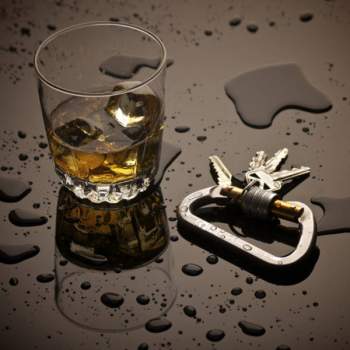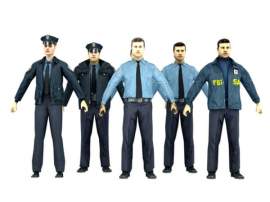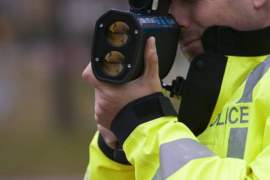
All You Need to Know About Crime Scene Pictures

What is a Crime Scene?
A crime scene, in the most general sense, is the location wherein evidence of an altercation or crime may be observed and collected. It is the tangible location where some form of illegal action took place. At this location, a team of law enforcement agents and forensic scientists can observe the evidence to formulate a list of suspects and to elucidate on the details of the illegal action. Law enforcement agents and forensic specialists will follow a strict protocol to ensure that the evidence is not interfered with or compromised. When gathered, the evidence of a crime scene is transferred to a laboratory for further examination.
There are classifications (primary, secondary and tertiary) of crime scenes. For example, a law enforcement agency may use a warrant to inspect an individual’s home. The residence may not be the location of the underlying wrongdoing; however, crucial evidence may be found at the residence. Another example of the different classifications of crime scenes can be observed in the case of a kidnapping. An offender may kidnap at individual at one location (the primary crime scene), then transport the victim (the vehicle used for transportation is the secondary crime scene), commit another crime (such as rape or murder) at a different location, then dispose of the body at a fourth crime scene.
Crime Scene Pictures:
In addition to the gathering of evidence, law enforcement will photograph a crime scene. These crime scene pictures are a critical piece of the investigatory process. Crime scene pictures, once taken, are brought back to the police headquarters or laboratory to examine. The expanse of evidence and particular details may be identifiable when studying crime scene pictures.
Crime scene pictures may range with regard to not only the depictions portrayed at the scene, but also with regard to the nature of the crime itself. As a result of this variance, observing crime scene pictures may provide law enforcement agents with evidence that will elucidate the causation of the incident. That being said, crime scene pictures are objectively important because they enable the officers to recount the crime. Crime scene pictures expose details, both subtle and obvious, in regards to the underlying incident.
Forensic Photography:
Forensic photography, also known as crime scene photography, is the field aligned with crime scene pictures. Forensic photography is the art of producing an accurate reproduction of a crime scene. The pictures taken at the scene are distributed to the court system and law enforcement agencies to continue the investigation.
A crime scene picture, which is the result of forensic photography, is a crucial process involved in the collecting of evidence. Crime scene pictures can include photos of victims, the scene itself, or an accident that occurred. Pictures of car accidents, for example can reveal broken machinery or specific damages, which in turn, can lead to an evaluation of the car’s speed or the driving habits of the individual.
The production of crime scene pictures involves choosing correct lighting, an accurate angling of the lens and a collection of different viewpoints. Crime scene pictures involve an exhaustive process and attention to detail because the scene must be replicated in an accurate and thorough manner.
NEXT: Crime Scene Investigation Explained
















